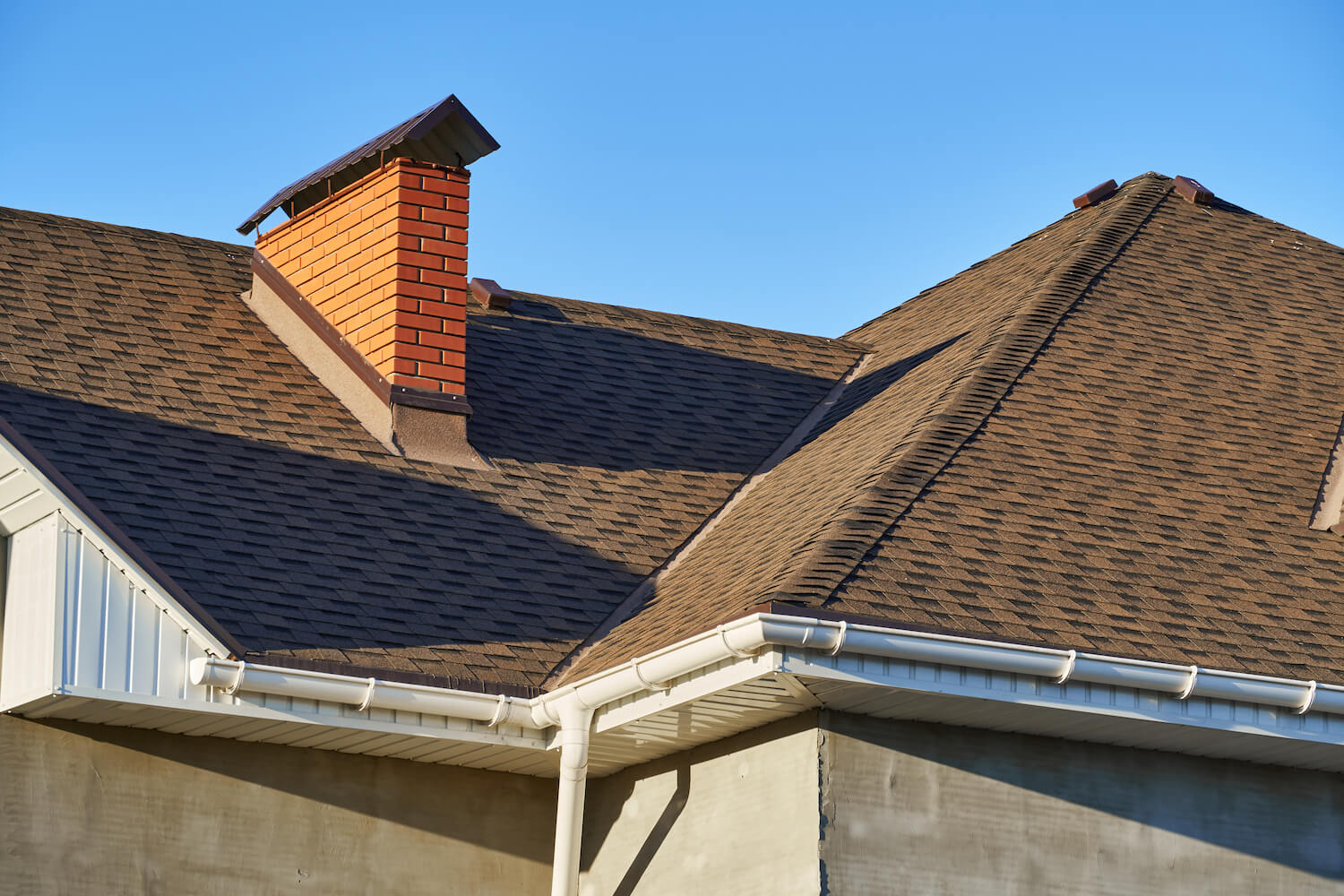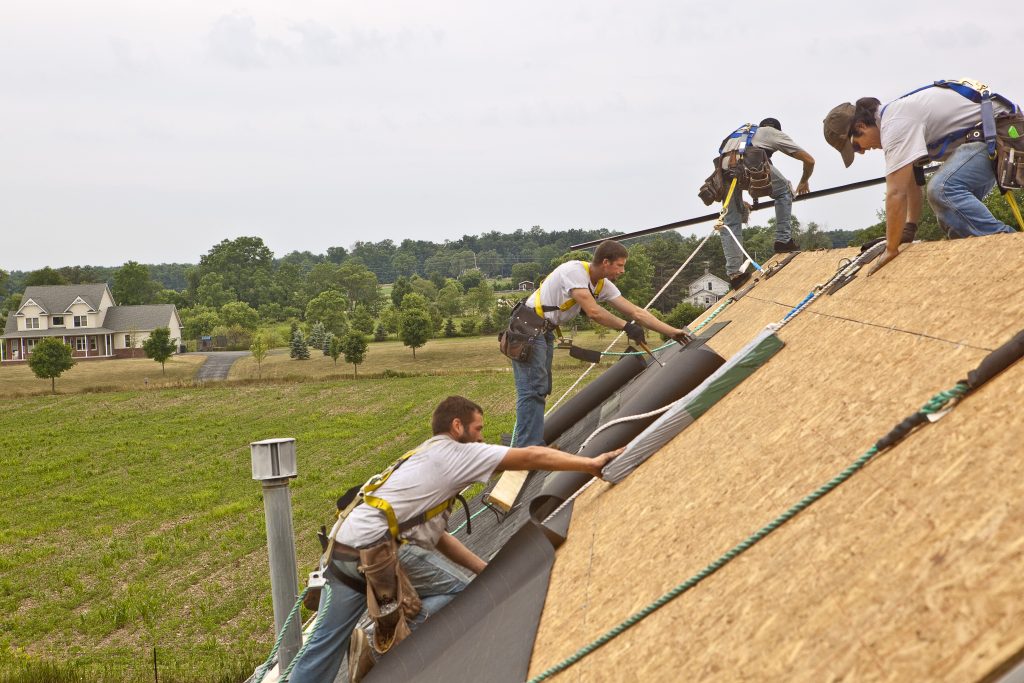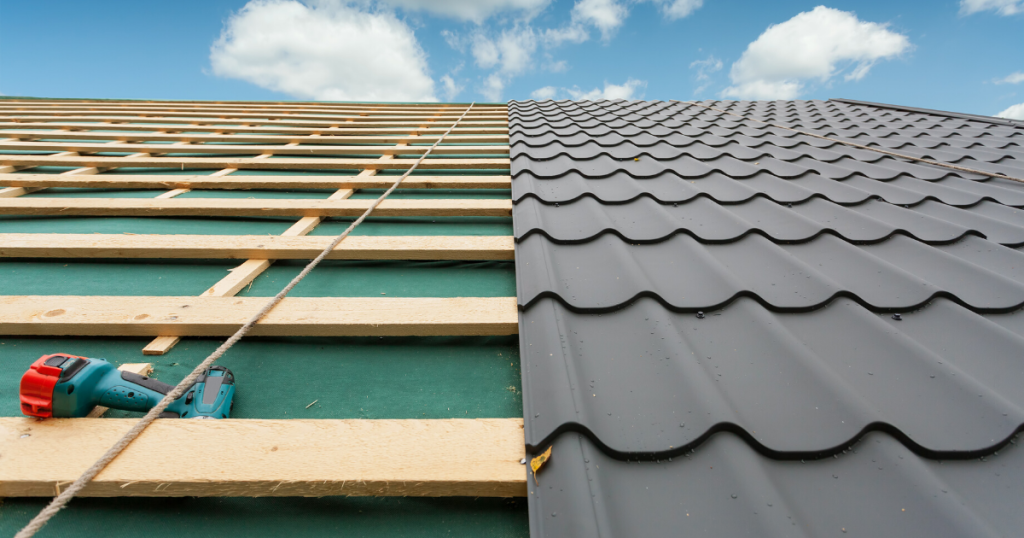
Your roof shields your house from the outside environment, keeping you and your family safe and comfortable. However, after time and exposure to the weather, its durability may suffer. The good news is that you may considerably increase the lifespan of your roof by putting into place efficient care and maintenance techniques. This thorough guide will go over helpful hints and techniques to prolong the life of your roof and maintain it in top shape for years to come.
Understanding the Lifespan of Your Roof
Understanding the underlying variables that affect your roof’s durability is essential before you start the road of prolonging its lifespan. How long your roof will survive is impacted by a number of important factors. The selection of the roofing material is crucial since certain materials are more resilient than others.
In addition, aging can be sped up by climate and weather factors like intense heat, a lot of rain, or extreme cold. Furthermore, important elements that directly impact your roof’s total longevity are the caliber of installation and frequent maintenance and care.
Signs of an Aging Roof
The key to spotting indicators of a failing roof is to be vigilant. By being familiar with these signs, you’ll be able to act quickly to stop more damage.
The curling or lack of shingles is one common indication of an old roof. When shingles begin to curl or disappear, your roof becomes vulnerable to leaks and additional degradation.
Watch out for any leaks or water stains on your ceiling since these might be signs of a problem with your roof. Watch out for any drooping or unevenness on the roof’s surface, excessive granule loss on the asphalt shingles, and the unwelcome development of mold or moss.

Regular Roof Maintenance
Making routine maintenance a habit is essential for ensuring the durability of your roof. To identify and fix any faults early on, schedule routine inspections at least twice a year, ideally in the spring and fall.
Pay particular attention to loose or broken shingles, cracks, and gaps around chimneys and vents during these checks. Debris removal from your roof, including leaves, branches, and dirt, should be done on a regular basis to avoid blockages and potential water damage. Clogged gutters pose a risk to your roof’s health, so ensure they are cleaned regularly and functioning properly.
Extending the Lifespan of Different Roofing Materials
Different roofing materials necessitate specific care and maintenance approaches to maximize their lifespan.
For asphalt shingles, meticulous installation and proper ventilation are paramount. Ensure that your shingles are installed correctly and that your attic benefits from adequate ventilation to prevent the buildup of heat and moisture.
Regular cleaning and the application of algae prevention treatments can help preserve their appearance and sturdiness. It is imperative to repair any damaged or missing shingles promptly to mitigate further harm.
If your roof is made of metal, conduct regular inspections to ensure the seals and fasteners remain in optimal condition. Metal roofs are susceptible to rust, so applying appropriate coatings and treatments to inhibit oxidation is vital. Keeping the gutters free from debris is equally important, as clogged gutters can lead to water backup, which can cause damage to the roof.
Tile roofing requires a diligent inspection to identify and replace cracked or broken tiles promptly. Cleaning the tiles to remove moss or algae growth is essential for maintaining their longevity and aesthetic appeal. Additionally, check and maintain the underlayment to ensure optimal protection against water infiltration.
Wood shakes or shingles necessitate regular cleaning and the removal of debris to prevent moisture retention and wood rot. Treating the wood with preservatives and stains can provide enhanced protection against the elements. Periodically resealing or painting the wood surface will help maintain its durability and charm.
Additional Tips for Roof Longevity
In addition to material-specific care, implementing general tips can significantly contribute to extending the lifespan of any roof. Proper attic insulation and ventilation are vital for regulating temperature and moisture levels, preventing the formation of ice dams, and reducing heat buildup during the warmer months.
It is essential to control moisture levels within your home and promptly address any leaks to prevent water damage to your roof. Avoid excessive foot traffic on the roof, as this can lead to accidental damage. Schedule professional roof inspections and maintenance to unveil hidden issues and ensure the long-term health of your roof. Lastly, address any storm damage promptly to prevent further deterioration.
When to Consider Roof Replacement
Despite your best efforts, there may come a time when roof replacement becomes necessary. Assess the extent of the damage to determine if repairs will suffice or if a complete replacement is more cost-effective in the long run.
Think about the roof’s age and condition because older roofs may need more frequent, costly repairs. You may gain important information and aid in decision-making by asking the advice of roofing experts.
Conclusion
You can protect your investment and improve the safety and well-being of your family by taking proactive steps to extend the lifespan of your roof. You can make sure that your roof will be resistant to the elements for many years to come by knowing the variables that impact roof durability, spotting symptoms of aging, and practicing routine maintenance procedures.
Keep in mind that a well-maintained roof gives you security and peace of mind in addition to improving the exterior appearance of your house. We at SHORELAND ROOFING are committed to offering excellent roofing services, and we cordially encourage you to recommend us to anybody looking for the best roofing in the region. Make a prudent decision to enjoy the long-lasting advantages of a well-fitted and maintained roof.

